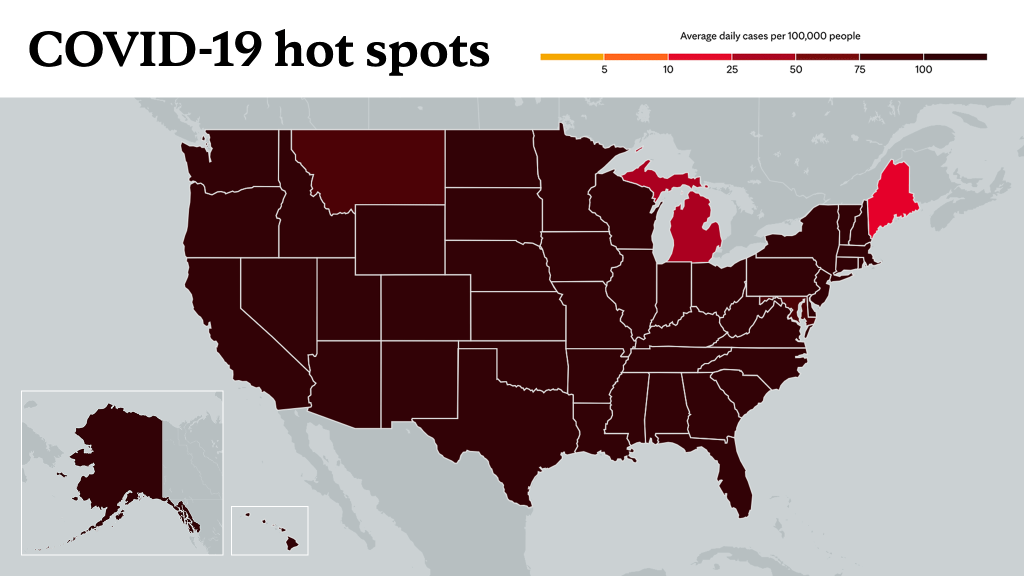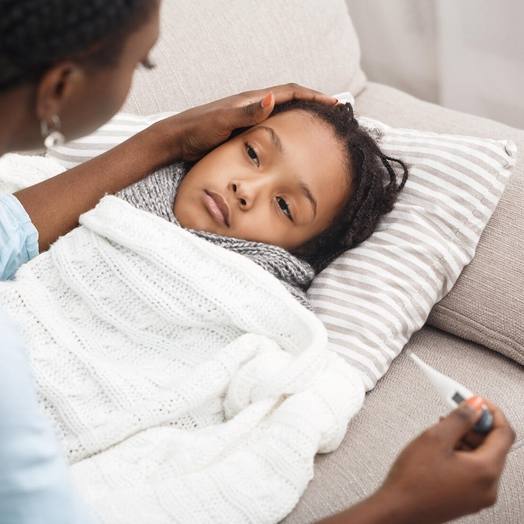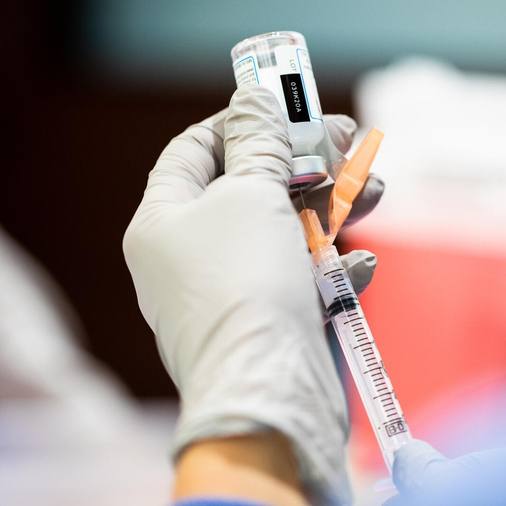-
Mayo Clinic Q&A podcast: COVID-19 testing scenarios — what test and when?

Testing for COVID-19 is a part of the strategy to end the pandemic. But understanding testing — different types of tests and how and when to use them — can be confusing. Lab-run polymerase chain reaction, or PCR, tests and at-home antigen tests each have a role.
"PCR tests are really sensitive, meaning we can detect really low levels of the virus in a sample," explains Dr. Matthew Binnicker, director of Clinical Virology at Mayo Clinic. "They're very specific, meaning we shouldn't get many false positive results with PCR tests."
At-home antigen tests use a nasal swab and can produce results in 15 minutes, but they also have an increased chance of false-negative results, depending on when you test.
"At-home rapid antigen tests look for a viral protein in the patient sample," says Dr. Binnicker. "So they're quick and easy, but they also have some important limitations."
So if you're worried you might have COVID-19, what test should you take and when?
On the Q&A podcast, Dr. Binnicker walks through various scenarios and makes testing recommendations for what to do if:
- You think you’ve been exposed but I don’t have symptoms.
- You have symptoms of COVID-19.
- You had COVID-19 and want to know if you're “in the clear” to return to work, school or activities.
Watch: Dr. Binnicker discusses COVID-19 testing.
For the safety of its patients, staff and visitors, Mayo Clinic has strict masking policies in place. Anyone shown without a mask was either recorded prior to COVID-19 or recorded in a nonpatient care area where social distancing and other safety protocols were followed.
Information in this post was accurate at the time of its posting. Due to the fluid nature of the COVID-19 pandemic, scientific understanding, along with guidelines and recommendations, may have changed since the original publication date.
For more information and all your COVID-19 coverage, go to the Mayo Clinic News Network and mayoclinic.org.
Learn more about tracking COVID-19 and COVID-19 trends.








